The Czech Republic, a country known for its rich history, picturesque landscapes, and charming architecture, is also home to a burgeoning wine industry. This Central European gem offers a delightful array of wines that are increasingly gaining recognition on the global stage.
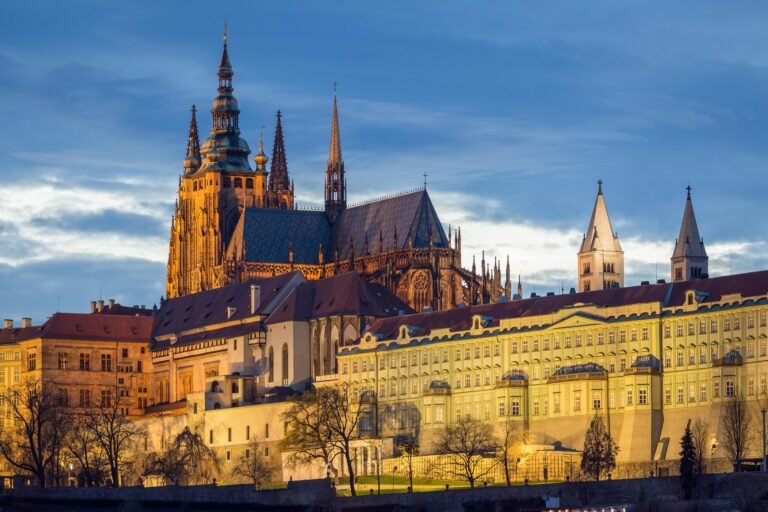
Let’s delve into the fascinating world of Czech wine, exploring its origins, main grape varieties, prominent wine regions, and characteristics. Stay until the end to discover our four-day curated itinerary for an unforgettable wine-tasting journey.
The Origins of Czech Wine
The history of winemaking in the Czech Republic dates back to the Roman times. However, it was during the reign of Charles IV in the 14th century that wine production truly flourished. Charles IV, who was an avid wine enthusiast, introduced grape varieties from Burgundy and Champagne to Bohemia and Moravia, laying the foundation for the country’s viticulture.
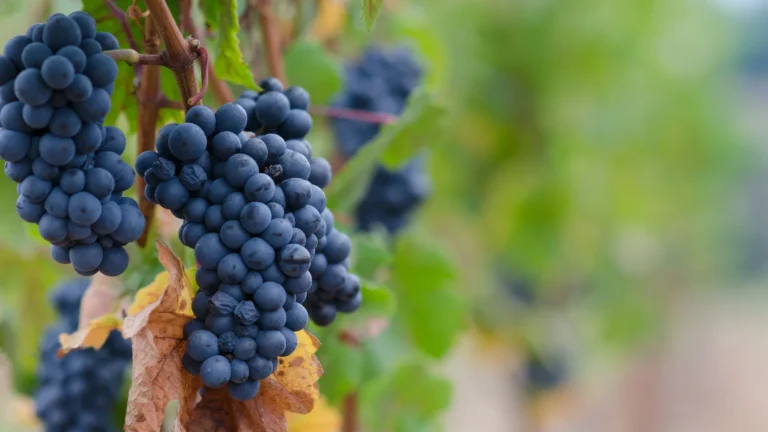
Wine production continued to grow and develop over the centuries, with the 19th century marking a significant turning point. Advances in winemaking techniques and the establishment of specialized viticultural schools helped elevate the quality and reputation of Czech wines. Despite challenges during the 20th century, such as the world wars and the communist era, the industry has rebounded spectacularly in recent decades, with modern winemakers combining traditional practices with innovative approaches.
Main Grape Varieties and Their Characteristics
The Czech Republic’s diverse climate and soil conditions support a variety of grape types, each contributing unique flavors and characteristics to the country’s wines. Here are some of the main grape varieties you can expect to encounter:
Riesling (Ryzlink rýnský)
:Known for its high acidity and floral aromas, Riesling produces elegant wines with a balance of sweetness and acidity. Czech Rieslings are often characterized by notes of green apple, lime, and mineral undertones.
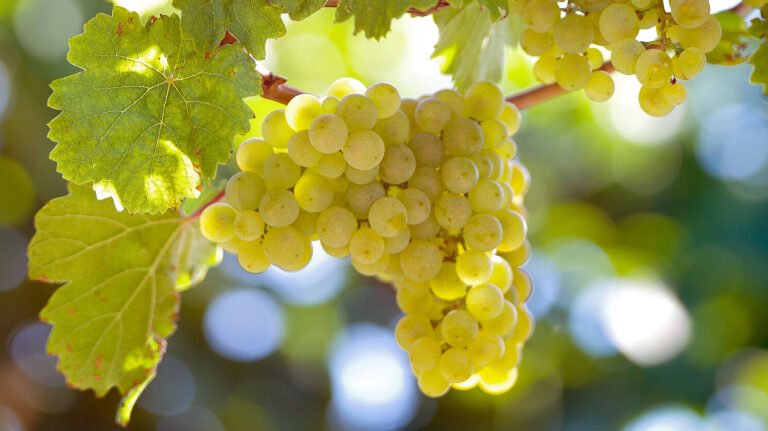
Müller-Thurgau
:A popular grape in the Czech Republic, Müller-Thurgau yields light, aromatic wines with a touch of sweetness. These wines are typically easy-drinking, with flavors of peach, apple, and a hint of spice.
Welschriesling (Ryzlink vlašský)
:Despite its name, Welschriesling is not related to Riesling. It produces wines with crisp acidity and flavors of citrus, green apple, and sometimes a nutty finish.
Pinot Noir (Rulandské modré)
:Pinot Noir thrives in the Czech climate, producing elegant red wines with soft tannins and complex flavors of cherry, strawberry, and earthy undertones.
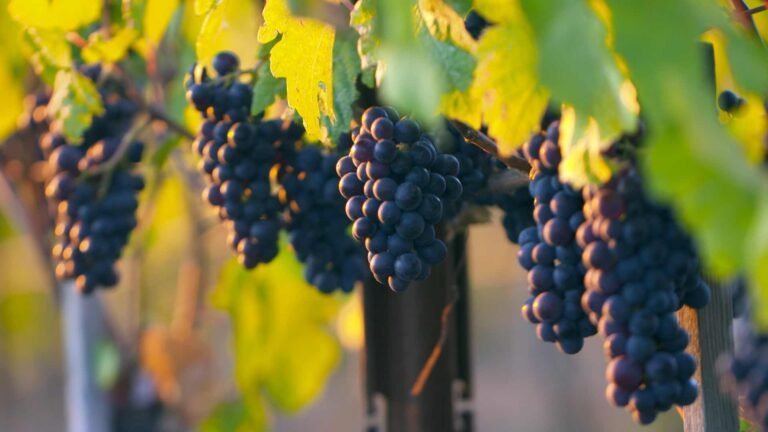
Grüner Veltliner
:This Austrian import has found a home in the Czech Republic, particularly in the Moravian region. Grüner Veltliner wines are known for their peppery notes, complemented by flavours of green apple, lemon, and a distinctive minerality.
St. Laurent (Svatovavřinecké)
:This dark-skinned grape variety is well-suited to the Czech terroir. St. Laurent wines are typically full-bodied with rich flavors of black cherry, plum, and a hint of spice.
Main Wine Regions and Their Characteristics
The Czech Republic’s is divided into several wine regions, each with its own unique characteristics and terroir. Some of the most famous wine regions in the country include Moravia, Bohemia, and Slovacko.

Bohemia
Located in the northwestern part of the country, Bohemia is the smaller of the two wine regions. The region’s cooler climate is ideal for producing fresh, aromatic white wines. The Elbe River valley, with its fertile soil, is the heart of Bohemian wine production. Here, you can find crisp Rieslings and vibrant Müller-Thurgaus, often enjoyed as young, refreshing wines. The region of Bohemia is also renowned for its sparkling wines, particularly those made using the traditional method known as “Champagne method.”
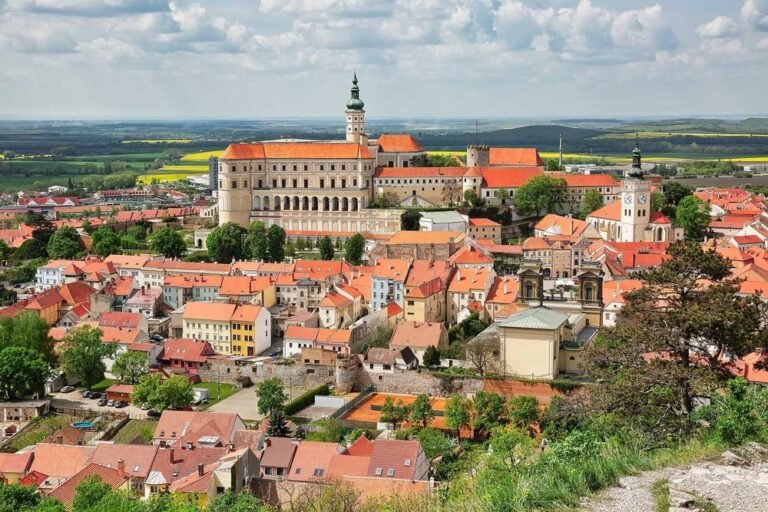
Moravia
Moravia, situated in the southeastern part of the Czech Republic, is the country’s primary wine-producing region. This area benefits from a slightly warmer climate and diverse soil types, ranging from limestone to loess and clay. Moravian wines are known for their quality and variety, with a strong emphasis on white wines such as Grüner Veltliner, Welschriesling, and Sauvignon Blanc. Red wines, particularly Pinot Noir and St. Laurent, also thrive in Moravia, producing complex and expressive bottles.
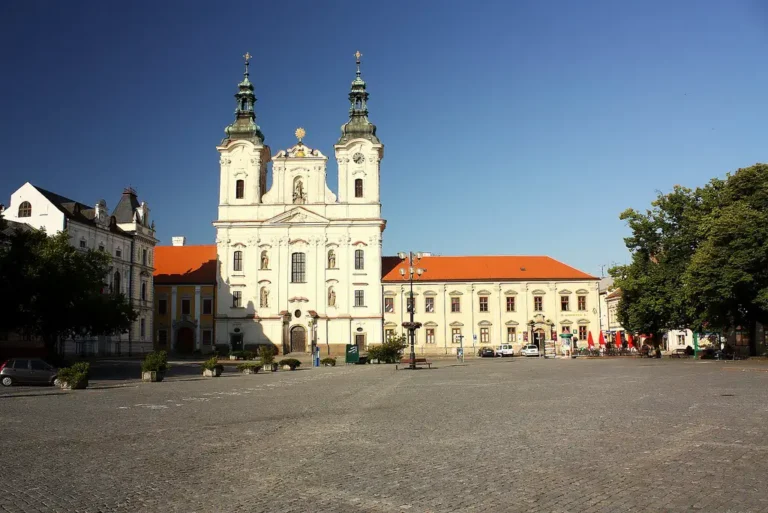
Slovacko
Slovacko, located in the southeastern part of the Czech Republic, is a renowned wine region known for its exceptional winemaking traditions. The region’s continental climate of hot summers and cold winters, creates an ideal environment for grape cultivation. Slovacko’s red wines, particularly those crafted from the Pinot Noir grape, are celebrated for their elegant structure, vibrant acidity, and rich flavours that reflect the region’s unique terroir.
A Four-Day Wine Journey Itinerary
For wine enthusiasts looking to explore the Czech Republic’s vinous treasures, a five-day itinerary through the main wine regions offers a perfect blend of tasting experiences, cultural discoveries, and scenic beauty.
Day 1: Get captivated in Prague
Start your wine journey in the vibrant city of Prague. Spend the day exploring the historic city center, visiting iconic landmarks such as Prague Castle, Charles Bridge, and Old Town Square; and taking a leisurely stroll along the Vltava River. In the evening, head to a wine bar or cellar to taste some Czech wines. Day 2: White Wine Adventure in Moravia Venture to the Moravia wine region, located in the eastern part of the Czech Republic. Visit the picturesque town of Mikulov, known for its stunning vineyards and historic architecture. Explore local wineries and vineyards, tasting a variety of white wines that the region is famous for. Day 3: Visit Bohemia and Melnik Make your way to the Bohemia wine region, located in the western part of the Czech Republic. Visit the charming town of Melnik, known for its vineyards and historic wine cellars. Take a tour of a local winery and learn about the production of sparkling wines, a specialty of the region. Sample some of the region’s best sparkling wines and enjoy a wine tasting experience. Day 4: Explore Slovacko’ Red Wine Head to the Slovacko wine region, located in the southeastern part of the Czech Republic. Visit the town of Uherske Hradiste, known for its red wines, especially those made from Pinot Noir. Take a tour of a local winery and learn about the production of red wines in the region. Explore the picturesque countryside, visit vineyards, and take in the beauty of the landscape.
The Czech Republic’s wine industry is a delightful blend of tradition, innovation, and regional diversity. From the historic vineyards of Bohemia to the rich terroirs of Moravia, and the rolling hills of Slovacko, Czech wines offer something for every palate. Whether you’re a seasoned wine aficionado or a curious traveler, a journey through the Czech wine regions promises an unforgettable experience filled with exceptional wines, stunning landscapes, and warm hospitality. So raise a glass and toast to the hidden gem of the European wine world—na zdraví!
For a comprehensive exploration of Prague, we recommend reading this detailed 3-day itinerary from Jordy Travels. This guide will help you experience the best of Prague in just a few days.
